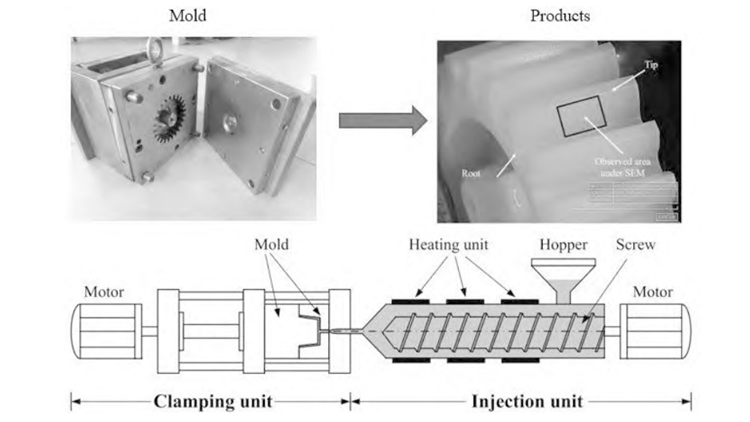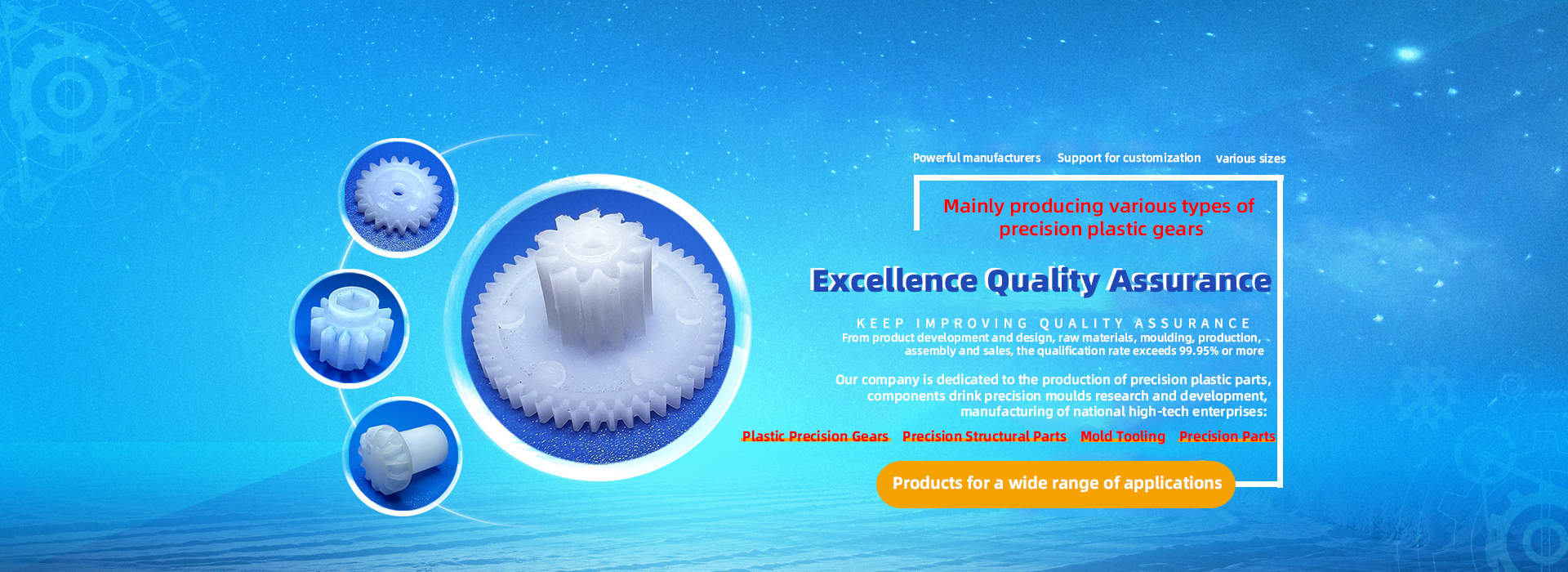What are the main elements of the gear machining process?
1,Choice of benchmark
The choice of gear machining datum often varies depending on the structural shape of the gear.
Gears with shafts are mainly positioned using vertex holes; for hollow shafts, the bevels of the two end holes are used after the central bore has been drilled; for large bore diameters, tapered plugs are used. The vertex positioning is highly accurate and allows for coincident and uniform datum.
The following two types of positioning and clamping are often used for gears with holes in the tooth surface.
(1) External circle and endface positioning When the workpiece and the aggravated mandrel fit clearance is large, a micrometer is used to calibrate the external circle to determine the position of the centre, and the endface is used for axial positioning and clamping from the other endface.
This positioning method is low in productivity because each workpiece has to be calibrated; at the same time, it requires high coaxiality of the inner and outer circle of the tooth blank, while it does not require high accuracy of the fixture, so it is suitable for single piece and small batch production.
(2) Positioning in the bore and end face This positioning method is to position the workpiece in the bore, determine the positioning position, then use the end face as the axial positioning reference, and clamp against the end face.
This allows the positioning datum, design datum, assembly datum and measurement datum to overlap, resulting in high positioning accuracy and suitable for mass production. However, high manufacturing accuracy is required for the fixture.
2、Processing of gear blanks
The machining of gear blanks prior to tooth machining plays a very important part in the overall gear machining process.
Because the benchmarks used for tooth machining and inspection must be machined at this stage, while the proportion of man-hours occupied by tooth blank machining is large, both from the point of view of improving productivity and from the point of view of ensuring the quality of gear machining, attention must be paid to the machining of gear blanks.
In the technical section of the gear drawing, if it is specified that the tooth side clearance is determined by the reduction in tooth thickness selected by the index circle, attention should be paid to the accuracy requirements of the tooth top circle, as the tooth thickness is measured using the tooth top circle as a reference.
Too low an accuracy of the tooth top circle will inevitably prevent the measured tooth thickness from correctly reflecting the size of the tooth side clearance, so the following three issues should be noted during this machining process:
(1) When the top circle of the tooth is used as the measuring reference, the dimensional accuracy of the top circle of the tooth should be strictly controlled.
(2) Ensure the perpendicularity between the locating end face and the locating hole or outer circle.
(3) Improve the manufacturing accuracy of the gear bore and reduce the fit clearance with the jig mandrel.

- Previous:Already the first article
- Next:What are the advantages and disadvantages of plastic gears?














